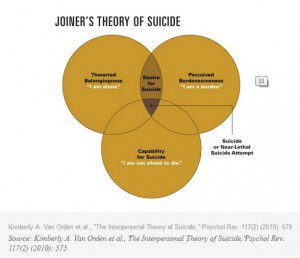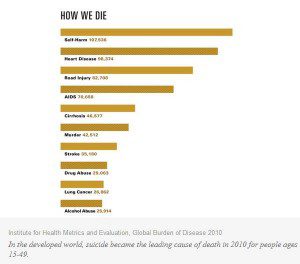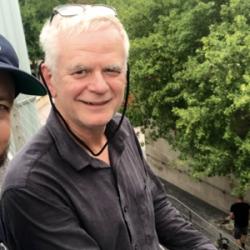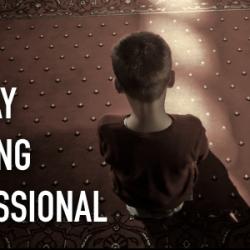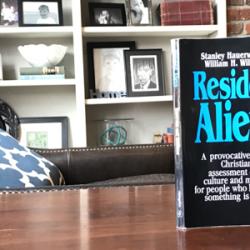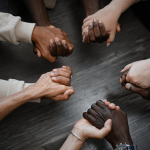“Self-harm now takes more lives than war, murder, and natural disasters combined. Why are we killing ourselves, and how can we stop it?” That’s the tag line to a haunting article on the subject of suicide by Tony Dokoupil at The Daily Beast. It’s a stunning look at why suicide rates have reached unprecedented levels worldwide. The article is based upon the ground-breaking research by Thomas Joiner, a psychologist and researcher who has poked and prodded suicide for decades, and just might be the world leading expert on the subject. Dokoupil writes:
“Suicide is not an economic problem or a generational tic. It’s not a secondary concern, a sideline that will solve itself with new jobs, less access to guns, or a more tolerant society, although all would be welcome. It’s a problem with a broad base and terrible momentum, a result of seismic changes in the way we live and a corresponding shift in the way we die—not only in America but around the world.
We know, thanks to a growing body of research on suicide and the conditions that accompany it, that more and more of us are living through a time of seamless black: a period of mounting clinical depression, blossoming thoughts of oblivion and an abiding wish to get there by the non-scenic route. Every year since 1999, more Americans have killed themselves than the year before, making suicide the nation’s greatest untamed cause of death. In much of the world, it’s among the only major threats to get significantly worse in this century than in the last.
The result is an accelerating paradox. Over the last five decades, millions of lives have been remade for the better. Yet within this brighter tomorrow, we suffer unprecedented despair. In a time defined by ever more social progress and astounding innovations, we have never been more burdened by sadness or more consumed by self-harm. And this may be only the beginning. If Joiner and others are right—and a landmark collection of studies suggests they are—we’ve reached the end of one order of human history and are at the beginning of a new order entirely, one beset by a whole lot of self-inflicted bloodshed, and a whole lot more to come.”
Joiner says that suicide happens at the convergence of three distinct categories:
- Thwarted Belongingness – “I am alone.”
- Perceived Burdensomeness – “I am a burden.”
- Capability for Suicide – “I am not afraid to die.”
This year, America is likely to reach a grim milestone: the 40,000th death by suicide, the highest annual total on record, and one reached years ahead of what would be expected by population growth alone. We blew past an even bigger milestone revealed in November, when a study lead by Ian Rockett, an epidemiologist at West Virginia University, showed that suicide had become the leading cause of “injury death” in America. As the CDC noted again this spring, suicide outpaces the rate of death on the road—and for that matter anywhere else people accidentally harm themselves. Somewhere Ralph Nader is smiling, but the takeaway is darkly profound: we’ve become our own greatest danger…The fact is, self-harm has become a worldwide concern. This emerged in the new Global Burden of Disease report, published in The Lancet this past December. It’s the largest ever effort to document what ails, injures, and exterminates the species. But allow me to save you the reading. Humankind’s biggest health problem is humankind.
One of the disturbing correlations Joiner has found is that the church is no longer filling the same role in society that it used to. Suicide rates are stunning for those just after middle age. It used to be that church involvement rose during that stage of life, but this is no longer the case in our society. The Church has always been one of the ways people found meaning, purpose, belonging, a way to contribute to society and community. The church has to play a central role in this issue.
What’s gone so rotten in the modern world? In her next bundle of research, Phillips hopes to pinpoint the massive, steam-rolling social change that matters most for self-harm. She has a good list of suspects: the astounding rise in people living alone, or else feeling alone; the rise in the number of people living in sickness and pain; the fact that church involvement no longer increases with age, while bankruptcy rates, health-care costs, and long-term unemployment certainly do.
I recommend reading the whole article. Kudos to Tony Dokoupil for a well researched, well written article.
Need help? In the U.S. call 1-800-273-8255 for the National Suicide Prevention Lifeline.

TONY DOKOUPIL


